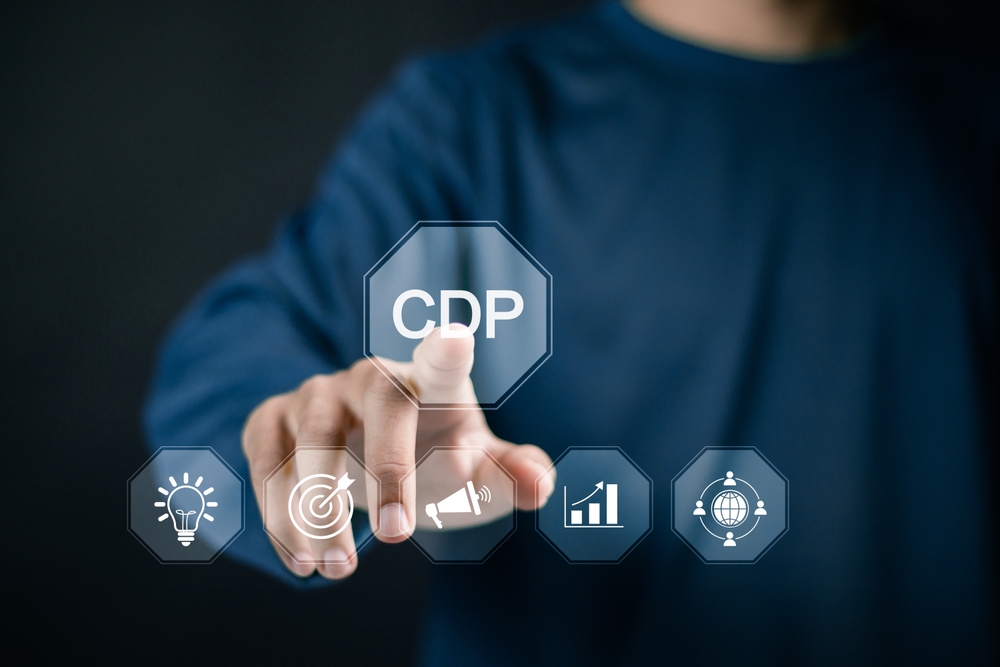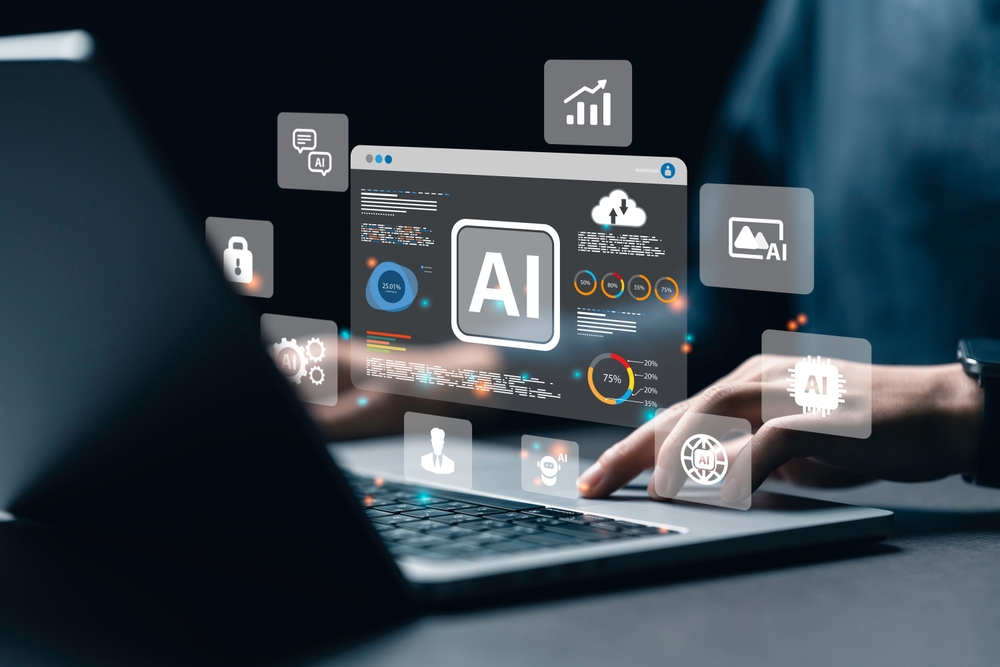Though every company is drowning in data these days, the real problem is not only possessing it but also translating that unprocessed data into wise judgments. That is where the magic occurs—from reactive reactions to proactive plans. The latest frontier in making that happen is Agentic AI, particularly when it combines with a Customer Data Platform (CDP).
What is Agentic AI?

Forget your regular chatbot or even the predictive models that only project future events. Agentic AI differs. Consider it a highly autonomous, goal-oriented system that constantly learns from its experiences and reasons, plans, and acts independently, not only processing data.
Agentic artificial intelligence may genuinely prevent a client from leaving, unlike conventional artificial intelligence, which might forecast that the consumer is likely to leave by creating a customized retention offer and distributing it, all without a human hitting “send.” It uses strong techniques such as machine learning, natural language processing (NLP), and Large Language Models (LLMs) to grasp difficult scenarios and subsequently carry out multi-step activities proactively.
The Power of a CDP

Agentic AI depends on a strong basis of customer knowledge before it can be put to work. The Customer Data Platform (CDP) thus becomes really important. For consumer data, a CDP is your single source of truth. It gathers data from every possible touchpoint—your CRM, website, mobile apps, email exchanges, transactional systems, social media, and more. This is about uniting data, not only about gathering it.
A CDP generates what we refer to as a “single customer view” by piecing together fractured client identities into one, complete profile. Everything from fundamental identifying data (name, email), to descriptive data (demographics, interests), behavioral data (Browsing history, purchases), and even qualitative data (survey replies, customer service interactions) is included in this one profile. Agentic AI seeks just this rich, real-time tapestry of data.
Agentic AI meets CDP: Driving Proactive Strategies

Once Agentic AI has access to a CDP’s consolidated data, proactive solutions become feasible. It’s like giving your artificial intelligence a perfect vision of your whole clientele and a smart brain.
a. Predictive & Prescriptive Power: Agentic artificial intelligence advances predictive analytics. It is prescriptive as well. It not only forecasts who might leave but also examines why and then suggests certain, automatic responses to handle it. Agentic analytics, for example, allows a clothing merchant to rapidly spot new trends and instantly modify inventory or marketing budget in real-time, therefore keeping ahead of demand changes rather than reacting to them.
b. Real-Time Personalization at Scale: See a consumer browsing your online store? Feeding CDP data, an Agentic AI may quickly grasp their device, past purchases, and even price sensitivity. All without human involvement, it can then dynamically change the online experience, provide a first-time customer discount, promote pertinent complementary products, or modify the checkout flow for mobile visitors. This produces really customized, not simply templated, hyper-personalization.
c. Automated Next-Best-Action: Real-time consumer behavior can be analyzed by agentic AI, which then instantly recommends—and usually carries out—the most effective next action. Should a consumer abandon their cart, the AI can send a customized email including a discount; should a customer interact significantly with a particular product category, it may cause the AI to push tailored ads for comparable things on other platforms. Conversion rates and consumer satisfaction are much improved by this autonomous decision-making.
d. Dynamic Campaign Orchestration: Agentic artificial intelligence can plan end-to-end multi-channel campaigns. It tracks real-time performance data, dynamically identifies appropriate audiences across email, social, and advertising, then automatically adjusts budgets, creative, or messaging for the best return on investment. Simply by cleverly re-engaging inactive prospects and offering real-time confirmations, Connecteam, for example, employed an Agentic AI SDR to grow sales outreach, lowering meeting no-show rates by 73% and increasing monthly income per SDR by $30,000.
Benefits, Challenges, and the Future: The Road Ahead

The benefits are clear: increased operational efficiency, significantly reduced human error, and profoundly improved customer experiences through hyper-personalization. Case studies reveal significant changes, with Eye-oo lowering wait times by 86% and a healthcare company slashing customer assistance response time by 90%, resulting in five times higher conversions.
Still, there are challenges involved. One obstacle is high initial deployment costs; monitoring and supervising these autonomous systems calls for new competencies and strong governance. Above all, ethical issues include responsibility for AI judgments, bias and fairness in data and algorithms, openness in how AI arrives at conclusions, and safeguarding of privacy and data protection. Companies have to set clear goals, guarantee executive sponsorship, and use ethical AI models if they are to appropriately negotiate these difficulties.
Looking forward, Agentic AI promises to revolutionize the consumer experience going forward. According to Gartner, it will independently fix 80% of typical consumer service problems by 2029, therefore, saving 30% of running costs. We are headed toward “machine customers” starting service requests and “embedded support” that provides proactive assistance right within the programs consumers are running across.
As AI agents learn to manage chores across both, forcing suppliers to deliver more integrated, composable solutions, the borders separating customer experience (CX) from digital experience (DX) will blur. Agentic AI and CDPs together represent not only a development but also a basic change in how companies may interact with, comprehend, and proactively service their customers. It’s about actively influencing future events from reacting to data.
By Bijoy K.B | Associate Director – Marketing at Lemnisk

Leave a Reply